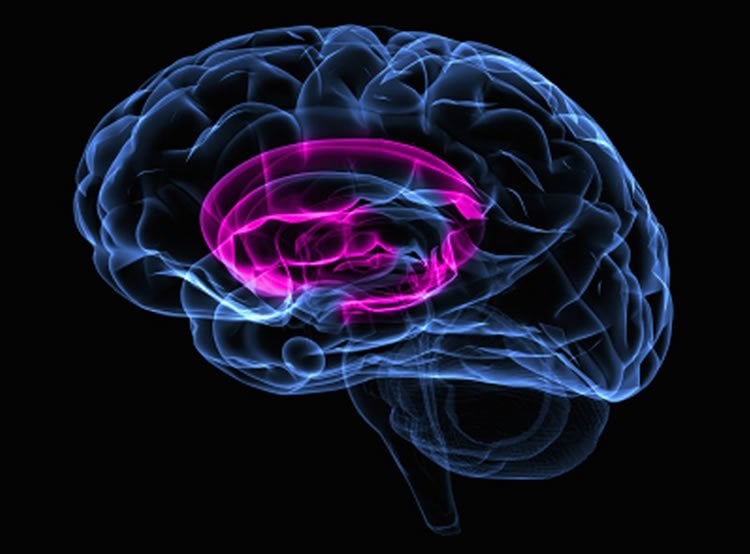We may cave in to peer pressure, marketing and persuasion, but faced with decisions, the default response programmed into our brains is to say “no”, a recent study suggests.
A new computational model based on data from rodent brains shows that “Go” and “No-Go” signals compete in the brain, originating from the nerve cells in the striatum – a part of brain that plays a crucial role in decision making, learning and various motor functions. But, the deck is stacked against the Go neurons, which are expressed in D1 type dopamine receptors, says Arvind Kumar the senior author of the study and a researcher at the Department of Computational Biology at KTH Royal Institute of Technology.
“It could be that humans are wired to be natural naysayers,” Kumar says. The reason is that the D1 (Go) neurons and their rival D2 (No Go) neurons are projected in pathways within the striatum that inhibit each other. “However, it turns out that the No-Go pathway exerts more inhibition on the Go pathway than vice versa,” he says.
“This inherent bias creates the decision transition threshold for the kind of input that is likely to change your preference,” Kumar says. “One way to adjust the threshold is through learning. Another way is with neuromodulators like dopamine.”
The bias in this threshold is due to an asymmetrical connection between the two circuits of neurons, in which the No Go pathway is stronger. Therefore, D1 neurons require slightly higher input. However, with this setting, D1 neurons can overcome the No Go pathway only when they receive weak inputs from the cerebral cortex that generates functions such as sensory perception, motor command, conscious thought and language. The switch between Go or No-Go decisions, depending on cortical input, gives rise to the decision transition threshold.

“This threshold where you are likely to switch your decision from Go to No Go, is created by unequal connectivity. If the connectivity were identical then such a threshold would not arise.” says Jyotika Bahuguna, the lead author of the study and a joint PhD student at KTH and Bernstein Center Freiburg, Germany.
Kumar says the model, which he developed and tested with colleagues at the Bernstein Center Freiburg, at the University of Freiburg, Germany, sheds new light on cognitive problems associated with basal ganglia dysfunction, such as Parkinson’s disease and Tourette’s syndrome.
Source: KTH Royal Institute of Technology
Image Source: The image is credited to Gunnar Grah
Original Research: Full open access research for “Existence and Control of Go/No-Go Decision Transition Threshold in the Striatum” by Jyotika Bahuguna, Ad Aertsen, and Arvind Kumar in PLOS Computational Biology. Published online April 24 2015 doi:10.1371/journal.pcbi.1004233
Abstract
Existence and Control of Go/No-Go Decision Transition Threshold in the Striatum
A typical Go/No-Go decision is suggested to be implemented in the brain via the activation of the direct or indirect pathway in the basal ganglia. Medium spiny neurons (MSNs) in the striatum, receiving input from cortex and projecting to the direct and indirect pathways express D1 and D2 type dopamine receptors, respectively. Recently, it has become clear that the two types of MSNs markedly differ in their mutual and recurrent connectivities as well as feedforward inhibition from FSIs. Therefore, to understand striatal function in action selection, it is of key importance to identify the role of the distinct connectivities within and between the two types of MSNs on the balance of their activity. Here, we used both a reduced firing rate model and numerical simulations of a spiking network model of the striatum to analyze the dynamic balance of spiking activities in D1 and D2 MSNs. We show that the asymmetric connectivity of the two types of MSNs renders the striatum into a threshold device, indicating the state of cortical input rates and correlations by the relative activity rates of D1 and D2 MSNs. Next, we describe how this striatal threshold can be effectively modulated by the activity of fast spiking interneurons, by the dopamine level, and by the activity of the GPe via pallidostriatal backprojections. We show that multiple mechanisms exist in the basal ganglia for biasing striatal output in favour of either the `Go’ or the `No-Go’ pathway. This new understanding of striatal network dynamics provides novel insights into the putative role of the striatum in various behavioral deficits in patients with Parkinson’s disease, including increased reaction times, L-Dopa-induced dyskinesia, and deep brain stimulation-induced impulsivity.
“Existence and Control of Go/No-Go Decision Transition Threshold in the Striatum” by Jyotika Bahuguna, Ad Aertsen, and Arvind Kumar in PLOS Computational Biology. Published online April 24 2015 doi:10.1371/journal.pcbi.1004233






